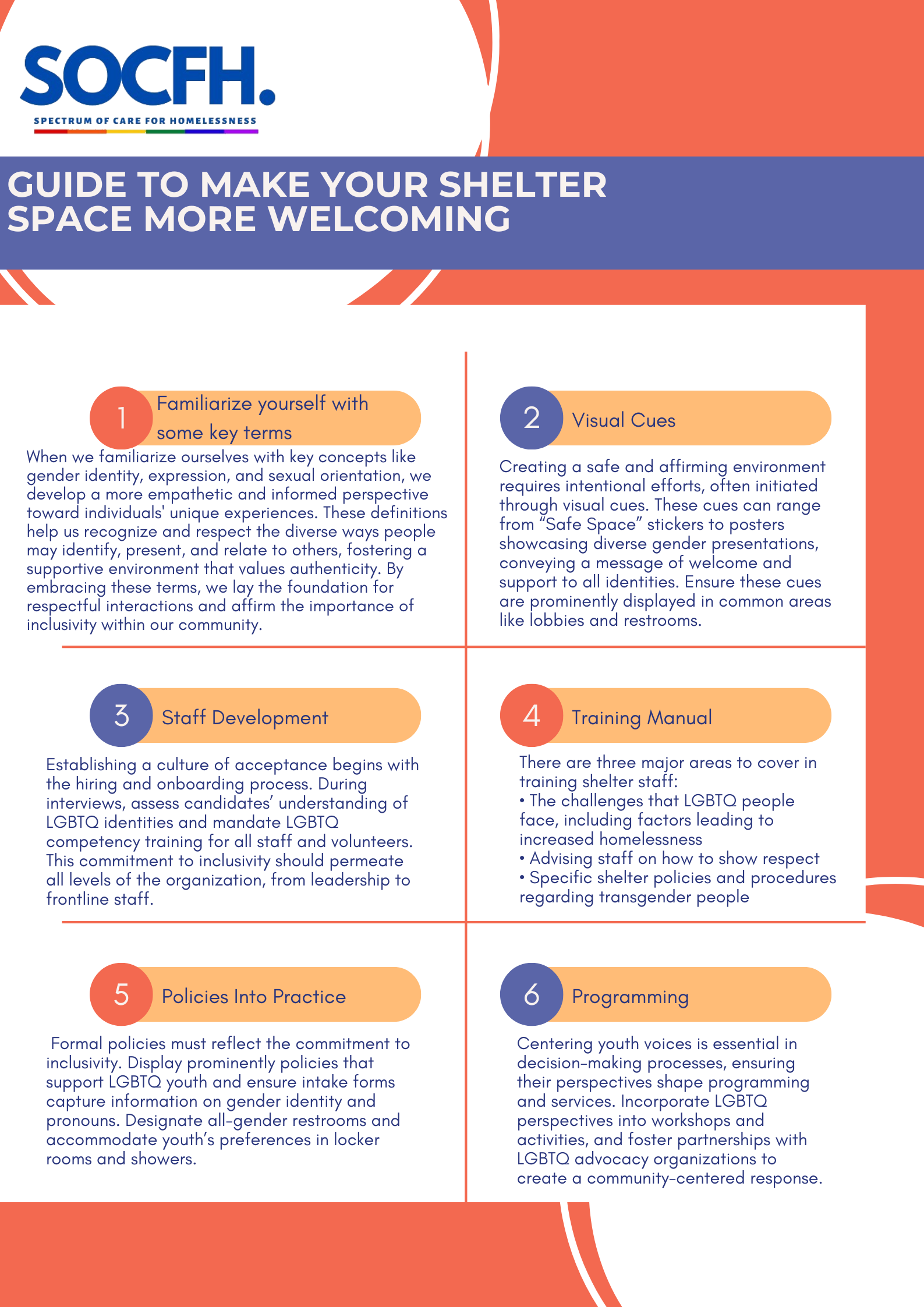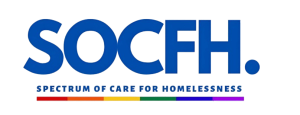Inclusion toolkit
Before delving into the toolkit, let’s familiarize ourselves with some key terms:
Gender Identity: Innate identification as a man, woman, neither, both, or another gender, which may or may not align with the sex assigned at birth.
Gender Expression: Manner in which a person communicates their gender to the world through dress, grooming, speech, etc.
Cisgender: Person whose gender identity aligns with the sex assigned at birth.
Transgender: Person whose gender identity differs from the sex assigned at birth.
Gender Expansive: Term encompassing individuals whose gender identity extends beyond traditional definitions of male and female.
Intersex: Individual whose sexual anatomy or chromosomes do not align with traditional markers of “female” or “male”.
Two-Spirit: Concept in Indigenous communities acknowledging individuals with both male and female spirits.
Sexual Identity/Sexual Orientation: Description of an individual’s emotional and/or physical attraction to others.
Lesbian, Gay, Bisexual, Pansexual, Queer: Terms describing various sexual orientations.
Inclusion ToolKit
Creating an environment where everyone feels welcome is paramount, but it can be challenging given the diverse needs of individuals. This toolkit serves as a comprehensive guide to help you establish a more inclusive and affirming space for young people who identify as lesbian, gay, bisexual, transgender, queer, and questioning (LGBTQ), equipped with policies and tools to support your efforts.


